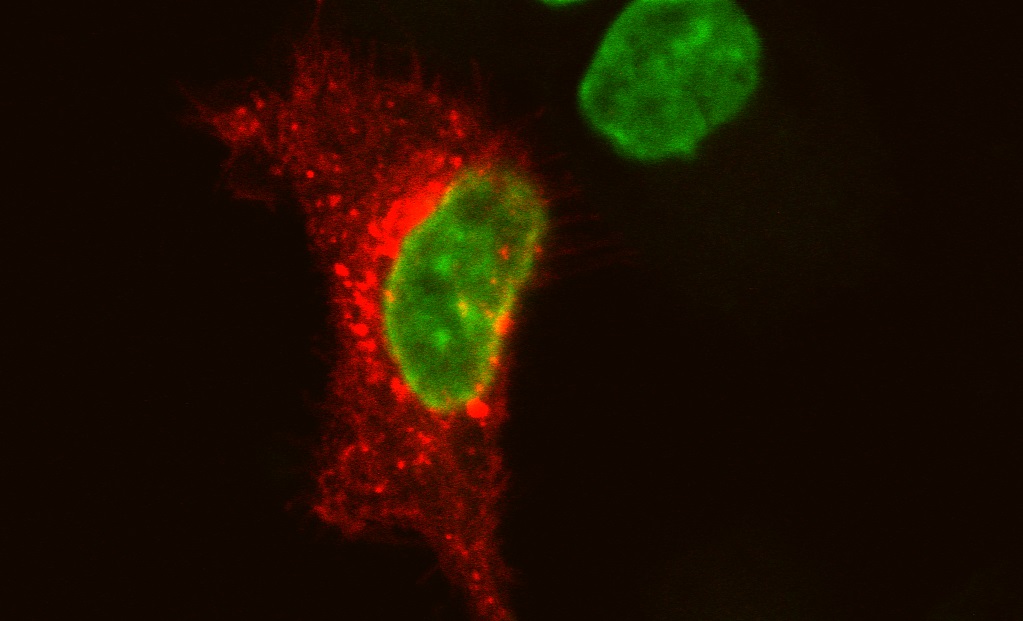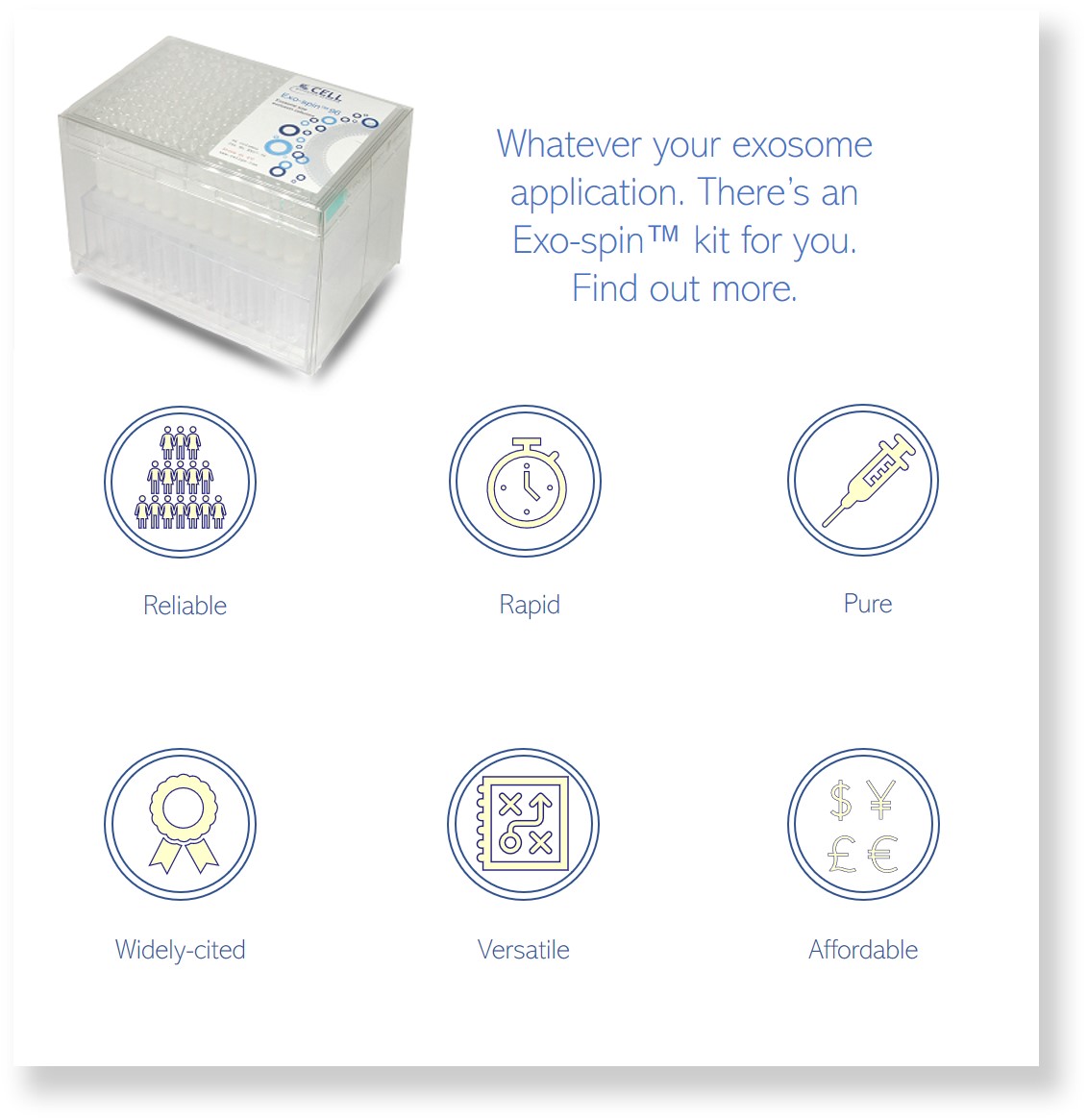The importance of exosome characterization

Ranging from 30-150 nm in size, exosomes are nanovesicles that are secreted by cells and can be found within various bodily fluids, including blood plasma, cerebrospinal fluid and saliva. Exosomes are packaged with biological material, such as DNA, RNA and proteins, that were made by the cells that release them. As a critical component of cell-cell communication exosomes play a key role in many physiological processes, including tissue homeostasis and development. The communicative qualities of exosomes engender an important role in the development of numerous diseases. Two of the most noted examples are in cancer, in which exosomes promote metastasis, angiogenesis and chemotherapeutic resistance, and in neurodegenerative diseases such as Parkinson’s disease, in which exosomes shuttle toxic α-synuclein between cells and induce apoptosis.
Exosomes are promising biomarkers for the diagnosis and prognosis of various diseases, enabling the development of minimally invasive diagnostics. Furthermore, their capacity for encapsulating a variety of cargo, ability to cross biological barriers (i.e. the blood-brain barrier) and biocompatibility make them an intriguing prospect as next-generation therapeutics.
Such developments are the result of a significant increase in extracellular vesicle (EV) research in recent years which have led to an increased understanding of the complexity of exosomes which has given rise to a set of international guidelines for basic characterization of exosome samples which studies should to adhere to. This guide was first published in 2014 and updated in 2018. According to the MISEV (Minimum information for the studies of extracellular vesicles), the characterisation of exosomes via multiple, complementary techniques is necessary to ensure that reported exosome-associated functions are legitimate. One of the necessary parameters which must be reported is ‘total particle number’, whilst the ‘range of particle diameters’ is also deemed important. Recommendations such as these must be incorporated into exosome studies to improve reproducibility between laboratories and research groups, thus enhancing the rigour and usefulness of identified exosome functions and markers.
One method which can be used to measure such parameters is Nanoparticle Tracking Analysis (NTA). NTA is a light-scattering method of exosome analysis which enables the quantification and characterization of their physiochemical properties. Using live image analysis, NTA software tracks the movement of each particle and measures their Brownian motion. From this, the hydrodynamic diameter of each particle can be determined using the Stokes-Einstein equation. NTA also allows the direct measurement of particle concentration down to 105 particles/cm3, which is far lower than other available methods. This is provided as an absolute measurement, meaning there’s no need for further quantification. Finally, NTA can determine the electrophoretic ability of individual exosome particles. This enables discrimination between genuine exosomes and artefacts/aggregates within a polydisperse sample based on their surface charge.
Cell Guidance Systems’ NTA Particle Analysis Service utilises the ZetaView® Tracking Analyzer, a second-generation instrument from Particle Metrix GmBH. The ZetaView® platform performs rapid in vitro measurements of particle size, concentration and surface charge. It provides highly reproducible results, courtesy of its ability to carry out 2 cycles of measurements at 11 specific positions throughout the sample. This produces a far more accurate representation of size distribution within polydisperse EV populations than single-point analyzers.
As previously mentioned, a combination of complementary techniques is required to fully characterize EV’s. For example, a Bradford Assay may be used to measure total protein amount, whilst Western Blotting can be employed to quantify such proteins. According to MISEV 2018, it is also necessary that polydisperse EV samples are ‘tested for the presence of components associated with EVs’. The most easily accessible of these are surface markers such as tetraspanins (i.e. CD81). The TRIFic™ exosome detection assay from Cell Guidance Systems can detect such tetraspanins, rapidly providing quantitative data from purified or unpurified samples in a convenient 96-well format. Similar to an ELISA assay, the target is detected directly with a Europium labelled-antibody without any enzymatic reaction, constituting a time-resolved immunofluorescence assay. This enables the measurement of the abundance of CD9, CD63, or CD81 protein specifically associated with exosomes in biological fluids including urine, saliva, cell culture medium, cerebrospinal fluid (CSF), and blood plasma.
For your EV research to be reliable, repeatable and rigorous, it’s important that your EV’s are fully characterized. At Cell Guidance Systems we have a range of tools and services to help you achieve this. Please click here to see our wider range of exosome-related products and services, including our ExoSpin™ Exosome Purification range.
IMAGE Marten van Royen. Exosomes within a cell tracked using ExoFLARE

